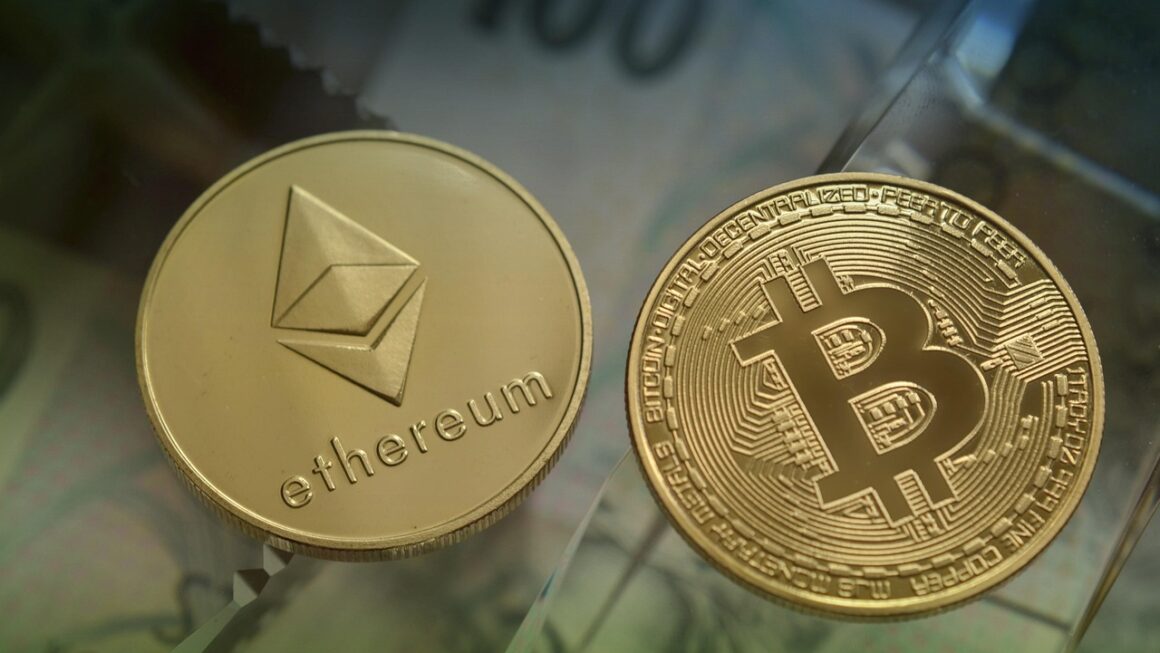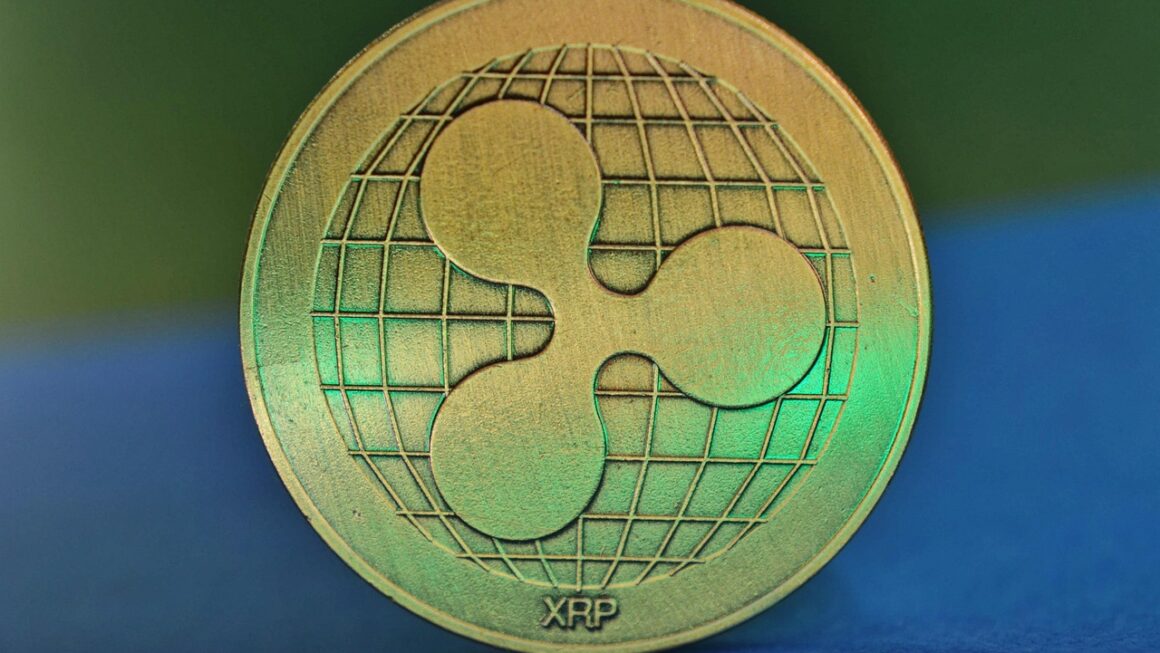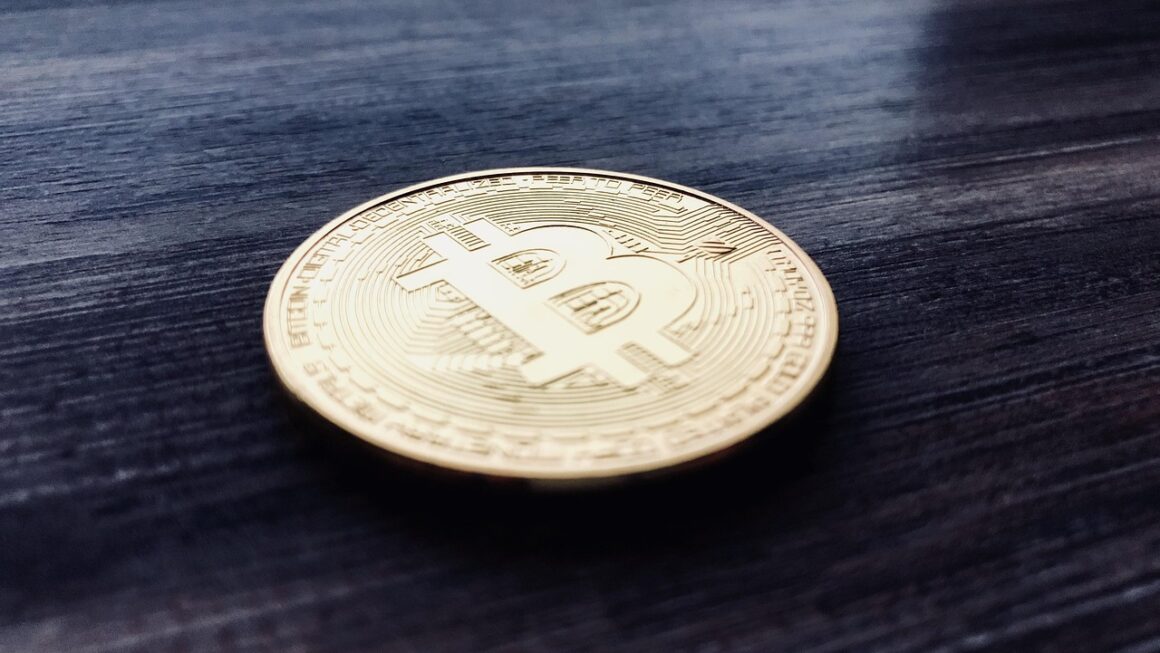In the ever-evolving landscape of cryptocurrencies, understanding stablecoins is crucial. Among them, Tether (USDT) stands out as one of the most widely used, yet also one of the most debated. This comprehensive guide delves deep into the world of USDT, exploring its mechanics, benefits, risks, and its significant role in the cryptocurrency ecosystem.
Understanding Tether (USDT)
What is USDT?
USDT, or Tether, is a stablecoin pegged to the US dollar. This means that one USDT is theoretically worth one US dollar. Unlike volatile cryptocurrencies like Bitcoin or Ethereum, USDT aims to maintain price stability, making it a popular choice for traders looking to mitigate risk during market fluctuations. This stability is achieved through Tether’s claim to hold reserves of US dollars (and other assets) equal to the number of USDT in circulation. However, the exact composition and verification of these reserves remain a point of ongoing discussion and scrutiny.
How USDT Works
Tether operates on various blockchains, including Ethereum, Tron, and Solana, allowing for seamless transactions across different platforms. The process involves issuing new USDT tokens when users deposit US dollars into Tether’s reserves and burning (removing) USDT tokens when users redeem them for US dollars. This system, in theory, ensures a 1:1 ratio between USDT and the US dollar.
The Benefits of Using USDT
Reduced Volatility
The primary advantage of USDT is its relative stability compared to other cryptocurrencies. This makes it ideal for traders who want to preserve their capital during market corrections or for holding funds temporarily before entering another trade. This reduced volatility minimizes the risk of significant losses due to price swings.
Easy On and Off-Ramp
USDT offers convenient on-ramps and off-ramps to fiat currencies. Many exchanges allow users to quickly buy and sell USDT using their bank accounts or credit cards. This ease of access makes it a popular choice for beginners entering the cryptocurrency market.
Facilitating Crypto Transactions
USDT simplifies cryptocurrency trading. Because it maintains a relatively stable value, it acts as a bridge between different cryptocurrencies. Traders often use USDT as an intermediary to exchange one cryptocurrency for another, avoiding the complexities and potential losses associated with direct swaps between volatile assets.
The Risks Associated with USDT
Transparency Concerns
One of the biggest criticisms of USDT is the lack of complete transparency regarding its reserves. While Tether publishes regular attestations from accounting firms, these haven’t fully satisfied all skeptics, leading to concerns about the true backing of the tokens. These concerns can impact investor confidence and potentially influence market prices.
Regulatory Uncertainty
The regulatory landscape surrounding stablecoins, including USDT, is still evolving. Governments worldwide are increasingly scrutinizing stablecoins, and regulatory changes could significantly impact the future of USDT and its use. This uncertainty poses a risk to investors.
Counterparty Risk
Investing in USDT involves counterparty risk. This means that the value of your investment depends on the solvency and reliability of Tether itself. If Tether were to experience financial difficulties, it could impact the value of USDT and lead to losses for investors.
USDT vs. Other Stablecoins
Comparing USDT to USDC
USDT’s main competitor is USDC (USD Coin), another prominent stablecoin. While both aim for a 1:1 peg to the US dollar, USDC generally enjoys greater transparency and regulatory compliance. However, USDT boasts wider adoption and availability on more exchanges.
Comparing USDT to Other Stablecoins
The cryptocurrency market offers several other stablecoins, each with its unique features and backing mechanisms. Some are pegged to fiat currencies like the Euro or the Japanese Yen, while others are backed by assets like gold or other cryptocurrencies. The choice of stablecoin depends on individual risk tolerance and investment strategy.
Using USDT in Trading and Investing
Strategies for Utilizing USDT
Traders often use USDT for arbitrage opportunities, taking advantage of price discrepancies between different exchanges. It can also be used as a stable store of value during periods of market volatility. However, always conduct thorough research and understand the risks involved before making any trading decisions.
Best Practices for Safe USDT Storage
Securely storing your USDT is crucial. Using reputable hardware wallets or software wallets with strong security features is recommended. Avoid storing large amounts of USDT on exchanges, as these are susceptible to hacking.
The Future of USDT
Potential Developments and Challenges
The future of USDT will likely depend on its ability to address transparency concerns and adapt to evolving regulations. Increased regulatory scrutiny and the emergence of alternative stablecoins with potentially stronger backing could pose significant challenges. However, its widespread adoption and established network effects could continue to solidify its position in the cryptocurrency market.
Impact on the Crypto Ecosystem
USDT has had a profound impact on the crypto ecosystem. It has facilitated increased liquidity and reduced friction in trading, allowing for greater accessibility to the cryptocurrency market. Its future will undoubtedly continue to shape the way cryptocurrencies are traded and used globally.
Conclusion
Tether (USDT), while offering advantages like price stability and ease of use, also presents risks associated with transparency and regulatory uncertainty. Understanding these benefits and risks is crucial before using USDT. Investors should carefully consider their risk tolerance and the overall regulatory landscape before incorporating USDT into their investment strategies. Staying informed about developments in the stablecoin market is essential for making informed decisions and mitigating potential losses. Remember that the cryptocurrency market is highly volatile, and no investment is without risk.




